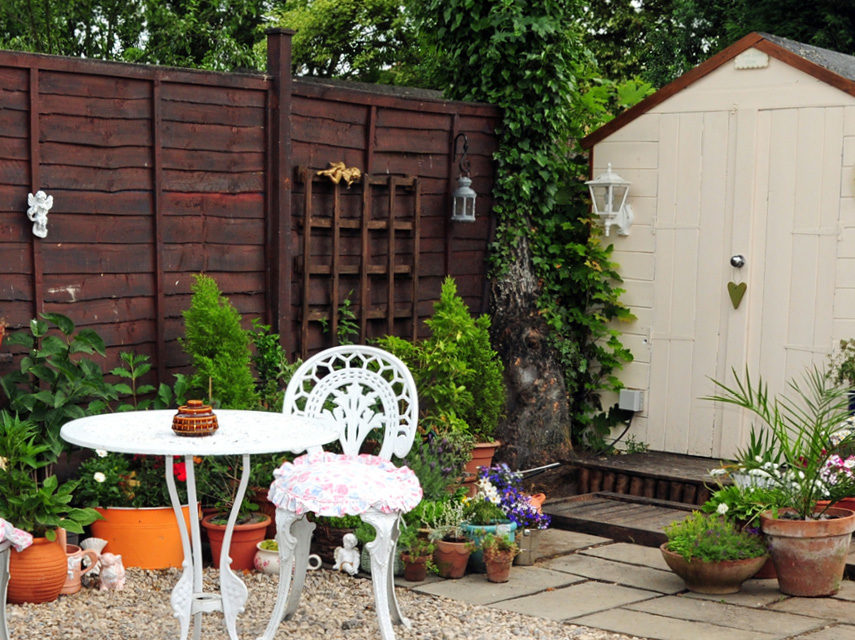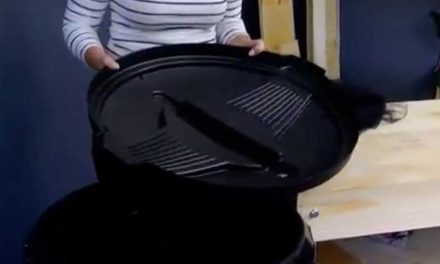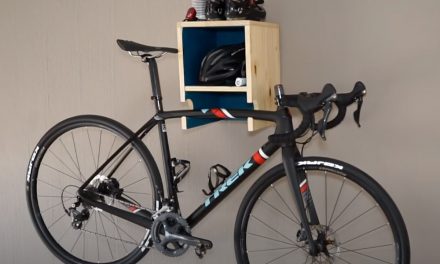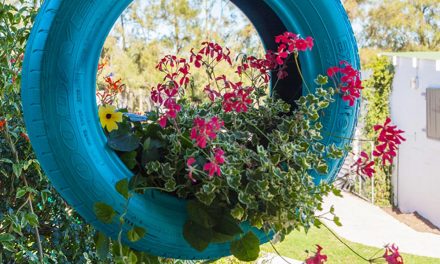When you’re choosing a shed for your garden, first make sure you know what you need.
What do I want from my shed?
What functions do you need your shed to perform? Are you using it to store extra garden implements? What about power tools or hobby equipment? Is it intended to serve as a play area for the kids, or home for a pet? What you need your shed for will impact how big the shed needs to be, what material it’s made of, and other factors such as whether or not windows are needed.
How much space do I have?
It’s important to consider the space you have in your garden as well as how much space you’ll need inside your shed. Measure the dimensions first and, if they’re right, you can mark them up on the ground with chalk powder or spray paint on the grass.
We tend to grow into storage spaces, so when considering how much you need to fit inside the shed, err on the side of more space, rather than less.
How do I want my shed to look?
Sheds come in many different designs and colours. Consider carefully what will work best with your existing garden aesthetic. Do you want something clean and modern, or something with a more rustic, quaint look?
What should my shed be made of?
The most common materials for sheds are wood, plastic and metal. Each has its pros and cons. While metal sheds – such as the Yardmaster range – are easy to assemble and low maintenance, they can get cold during the winter and boiling hot in summer – a downside if you’re going to potter inside. Wood, on the other hand, looks natural and quaint, but is prone to warping and rotting. Plastic sheds, such as the Keter range, are relatively maintenance free and very easy to take apart and re-assemble. The resin-based plastic is also UV treated, highly durable, and weather and water resistant.











